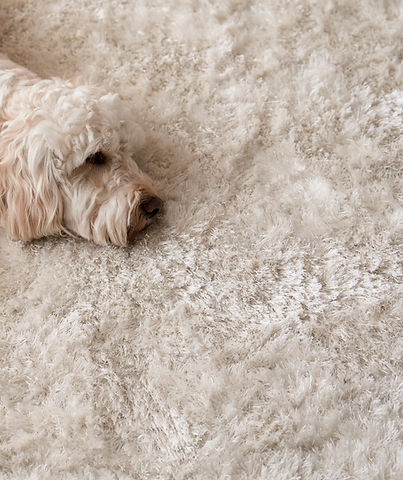
Call us on 07903 706047 or 01865 965972
Over 20 years of experience in supplying and fitting quality flooring

Frequently Asked Questions
Our team is always on hand to answer even the most compex of flooring questions to help our customers get the best flooring at the best value.
Here are a few of the questions that we get asked the most.....




Which is better, traditional vinyl or laminate flooring?
Vinyl flooring generally outperforms laminate in terms of water resistance and durability, especially in areas prone to moisture or heavy traffic. However, laminate may be a better choice for mimicking real wood and can be easier to repair if damaged. Ultimately, the best choice depends on the specific needs and preferences of the homeowner.
How long will my carpet last?
Generally, the average carpet lifespan falls between 5 and 15 years. However, with excellent care, high-quality carpets can sometimes last even longer. On the other hand, heavy wear and tear can shorten the lifespan.
Which goes down first, my carpet or my skirting boards?
For a traditional carpet installation, the skirting boards are generally fitted before the carpet. This is because the carpet is typically fitted against the skirting boards, with a small gap to allow for stretching and tucking the edge. But if you're laying down a wooden or laminate floor, then fit the skirting boards afterwards.
Can you put down carpet without underlay?
Yes, it is possible to lay carpet directly onto the subfloor without underlay, but it's not recommended. While some felt-backed carpets might be suitable without it, most carpets benefit significantly from underlay:
-
Underlay acts as a buffer, absorbing impact and reducing wear and tear on the carpet fibers, leading to a longer lifespan.
-
Underlay provides a more comfortable and cushioned feel underfoot and helps reduce noise transmission between floors.
-
Underlay can prevent moisture from the subfloor from seeping into the carpet, which can lead to damage and mold growth.
-
Underlay can help prevent the carpet from buckling or wrinkling, especially on uneven subfloors
Can I leave my old carpet down as underlay?
The short answer is a resounding NO!
Firstly, the installation of the new carpet may fail as the gripper rods can't grip through the old carpet as well as the new. Secondly, the old carpet doesn't provide the support that underlay does, so the new one will show wear and tear much quicker.
Can you take remove and take my old carpet away?
Yes, we can take up your old carpet and remove it for safe and responsible disposal. All we ask is that the rooms that we are working in are cleared of furniture so that we can get to work (although we can remove furniture for a small extra fee)
What is the best flooring for my underfloor heating?
Underfloor heating can be used with a majority of floor coverings including wood, carpet, laminate, vinyl and rugs. However the heat-up time will depend on the thermal conductivity of the flooring material you choose. We would always recommend consulting the underfloor heating installers first although we can help you to decide.
How can I measure up for carpet myself?
We think that for the best results, you would be best letting us measure up for you as this will make sure that you get the right amount of carpet and will likely save you money by not over/under ordering!
If you do insist on measuring yourself, start by drawing a floor plan of the room, including all alcoves and doorways. Then, measure the length and width of the room at its widest points, making sure to measure into any recesses. Add a minimum of 10 cm to both the length and width to account for fitting, trimming, and any irregularities. For stairs, measure the length of each step and the number of steps, and multiply to find the total length required.
Draw a Floor Plan:
Create a sketch of the room, including any alcoves, doorways, or other irregular features. This will help visualize the space and ensure accurate measurements.
Measure Length and Width:
Measure the longest and widest points of the room, including any alcoves or recesses. Use a tape measure to ensure accuracy.
Add Allowance:
Add 10 cm (approximately 4 inches) to both the length and width measurements. This extra space is crucial for fitting, trimming, and any potential irregularities in the room.
Stair Measurements:
For stairs, measure the length of one step (riser + tread) and the number of steps. Multiply these two numbers to determine the total length of carpet needed.
Consider Roll Widths:
Carpets are typically available in widths of 4 or 5 meters. Ensure the room width is less than the chosen roll width to avoid seams or joins.
Direction of Pile:
Maintain the same direction for your carpet to preserve texture, pattern, and color consistency, which can affect how light reflects off the carpet.

Get in Touch
If you still have a question that isn't answered above, then please get in contact with us and one of our team will be able to assist you
Free measuring and quotes
Samples delivered to your door
Quality flooring supplied
Expert installation and aftercare
Good value and affordable prices


